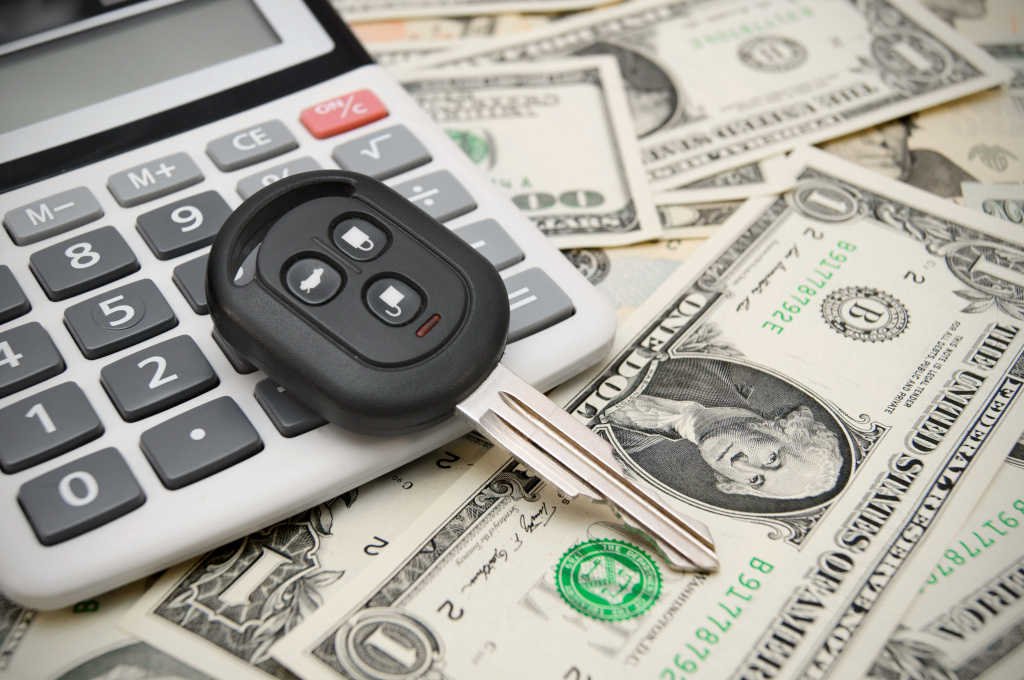Did your auto insurance get canceled? Do you have a lapse in coverage? In either situation, you’ll want to reinstate it as soon as possible. Not having a current policy can result in severe penalties, including fines, license suspensions, or even jail.
Depending on your situation, it may be hard to restore your policy. You may be forced to try your luck with a new provider. Even then, there are no guarantees. This article will show you how to reinstate your car insurance coverage. We’ll explain how the process works and what you can do to get your coverage back. You’ll also learn what happens to your rates when you get a new policy after a cancellation or lapse.
What Is a Policy Reinstatement?
When your provider cancels your policy, either due to a lapse or missed payment, you may be able to restore it. This is when you contact your previous insurer and ask for reinstatement. After dropping you, an insurance company may be reluctant to offer you coverage. So, don’t be surprised if your request is denied.
Policy reinstatements aren’t when you go to a new insurer for a policy. The term only applies if you’re trying to get a policy with your previous insurer.
How the Reinstatement Process Works
The process is relatively simple. But it depends on how your insurer dropped you. Per Direct Auto, there are two types of reinstatements: with a lapse vs. without. If you had a lapse in coverage, the process may be more difficult. For any other causes, it should be fairly easy to get your policy back as long as your insurance carrier approves of you.
Do I Qualify?
Depending on how you lost your policy, you may be eligible to re-establish your insurance policy. Every company handles this situation uniquely. Individual states may also have special laws regarding policy cancellations and reinstatements. To know for sure if you qualify, you should reach out to your insurer directly.
Insurance companies are more likely to restore your policy if it was only recently canceled. In particular, you typically have about 30 days from cancellation before reinstatement becomes more difficult or even impossible. You’ll need to be able to pay anything you owe your provider as soon as it renews your policy. Many insurers may also require you to state, in writing, that you haven’t had any car accidents during your lapse.
Restoring Your Policy After a Lapse
A lapse in car insurance happens when you can’t pay your bill on time. This includes the subsequent grace period. If you’ve had a lapse, it may be harder to reinstate your policy.
In this case, some insurers may consider you a high-risk driver. You’ll also have a lapse in coverage, even if it’s small. High-risk drivers often have a hard time getting coverage. They also end up paying way more each month.
In the event of a lapse, you should first reach out to your insurance company about a reinstatement. Don’t wait. The sooner you call, the better your chance of saving your policy. Unfortunately, if you can’t restore your policy, you’ll need to look for another carrier. This may require you to go with non-standard provider or an assigned risk pool, which can cost much more than a standard policy.
Non-Lapse Reinstatement
Let’s say you’ve missed a payment, but you still have four days left on your insurer’s grace period. In this case, you’ve avoided a lapse. It should be very easy to reinstate your policy. All you’ll need to do is contact them and pay the bill.
When you don’t have a lapse, there won’t be any gap in your coverage. There’s also no need to worry about becoming a high-risk driver or having a rate increase.
When You Are Ineligible For Reinstatement
If you’ve lost your policy due to fraud, losing your driver’s license, or another severe offense, you likely won’t be able to restore it. At the very least, insurers will place you in the high-risk category. This will make it hard for you to get coverage in the future.
Reinstatement is usually only possible if you missed a payment. If you act fast, you shouldn’t have trouble renewing your policy.
Will My Rates Change After My Policy Is Reinstated?
Your car insurance rates may not always be the same upon reinstatement. It depends on your situation. After a lapse in coverage, you could expect your rates to be higher. Your insurer could label you as high-risk and increase your costs. When this is the case, you shouldn’t settle with the first company that offers you a policy. To find the best deal, it’s a good idea to gather quotes from several companies.
If you avoided a lapse, you shouldn’t need to worry about a rate increase. This is because your policy never truly ended. In this case, your insurer will act as if nothing happened.
How to Avoid Future Lapses or Cancellations
Missing a payment is an honest mistake. However, a simple mistake can turn into a lapse, fines, or other problems in a hurry. It’s best to try and avoid a situation like this as much as possible. So, how do you do this? You can avoid coverage lapses or cancellations by:
- Paying your rates on time. As obvious as it sounds, keeping up with your payments is the best way to avoid a lapse. You should know how much you owe each month and when payments are due.
- Setting up automatic payments. It’s easy to forget to do things when they only happen once in a while. By scheduling car insurance payments with your provider, you’ll avoid a lapse. Doing so will also get you a discount for paying automatically. Only set this up if you’re comfortable with electronic deductions each month (or every six months for semi-annual policies).
- Only paying for what you need. If you can’t afford tons of coverage, only buy what you can afford. Even if it’s just the state minimum, it’s better than nothing. Agents and company representatives may try to sell you more coverage. Know when to say no to avoid financial hardships.
- Not driving. This isn’t the best choice, but you could simply cancel your policy and not drive. However, doing so results in a lapse in coverage that you’d have to explain. Also, keep in mind that many states require you to have insurance to register a car. Only cancel your policy as a last resort and if it’s legal to do so.
What If I Can’t Afford the Payment?
Many insurers have resources if you can’t make a payment on time. First and foremost, you should contact them in this situation. They’ll be able to tell you about any solutions to your financial problem, such as a delay or due date extension.
Frequently Asked Questions
How long do I have to reinstate my policy?
This depends on your insurer. After you miss a payment, you normally have a grace period to pay anything you owe in order to keep your policy active. This can last anywhere from ten to 20 days. If you don’t pay your premium on time, you should call your carrier right away. It may even allow you to have a due date extension. The longer you wait, the less likely it is that you’ll be reinstated.
When you don’t pay your rate by the end of the grace period, your auto insurance coverage lapses. In this case, you may not be able to get your policy back If you do, you may become a high-risk driver, resulting in sky-high rates or coverage denials. Because of this, it’s best to not even let it get to this point.
Will my rates go up after I restore coverage?
Your auto insurance rates may go up after you reinstate your policy. This is typically the case if you had a lapse. If you promptly contacted your insurer and avoided a lapse, your rates should stay the same.
What happens if my coverage lapses?
Having a lapse in your car insurance can result in some serious consequences. This includes the following:
- Higher rates
- Insurers labeling you as high-risk
- Being required to file an SR-22 form
- Losing your driver’s license
- Fines
- Jail time
After a lapse, you’ll also have a gap in your coverage. Insurers will see you as a risk because you aren’t able to keep a policy.
To avoid a lapse, you should make every effort to pay your car insurance premium on time. Setting up automatic payments can help you with this. If you miss a payment, be sure to contact your provider ASAP to prevent a lapse.
Can a lapsed policy be re-established?
Yes, a lapsed policy can get reinstated. However, this depends on how long you’ve been without coverage. The shorter, the better. Keep in mind that, after you get insurance again, your rates could go way up. This is because of the gap in coverage that you’ve had.


